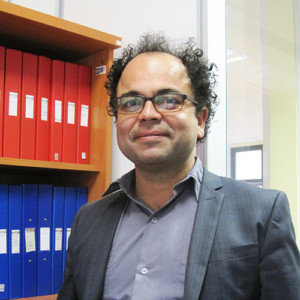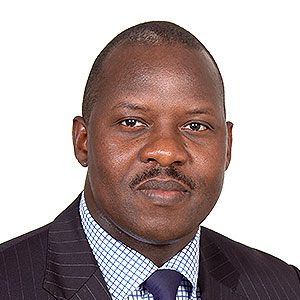SUSTAINABLE URBAN DEVELOPMENT FOR SOCIAL INCLUSION & POVERTY ERADICATION
35. We recognize that the growing inequality and the persistence of multiple forms and dimensions of poverty is affecting both developed and developing countries and that spatial organization, accessibility and design of urban space with development policies can promote or hinder social cohesion, equity, and inclusion. We also call attention to the dramatic increase in migrants, refugees and displaced persons moving to urban areas.
36. We commit to people-centered urban development and to the realization of human rights of all, facilitating living together, combating all forms of discrimination, and empowering all individuals and communities, while enabling their full and meaningful participation. We further commit to promote culture and respect for diversity as key elements in the humanization of our cities.
37. We commit to effectively promote urban equity and ensure that no one is left behind from the equally- shared opportunities and benefits that urbanization can offer, enabling all inhabitants, with temporary or permanent status, whether living in formal or informal settlements, to lead decent, dignified, and rewarding lives and to achieve their full human potential. We commit to strengthen synergies between international migration and development at all levels, including the global, regional, national, sub-national and local levels. We further commit to support refugees, displaced persons and migrants — regardless of their migratory status — as well as their host communities, ensuring full respect for human rights and recognized that, although the movement of large populations into towns and cities poses a variety of challenges, their economic, social, and cultural contributions to urban life is significant.
38. We commit to support the service provision and coordinating role of local governments and to generate investments in communities and places that are affected by recurrent and protracted humanitarian crises. We further commit to provide adequate services, accommodation, and opportunities for decent and productive work for crisis-affected persons in urban settings, working with the local community to identify opportunities for engaging and developing local solutions, ensuring that aid flows to host communities preventing backsliding in their own development levels.
39. We commit to promote national, sub-national and local housing policies, recognizing the right to adequate housing for all as a component of the right to an adequate standard of living, addressing all forms of discrimination, preventing forced evictions, and focusing on the needs of the homeless and persons in vulnerable situations, while enabling participation and engagement of communities and stakeholders.
40. We commit to promote increased security of tenure, recognizing the plurality of tenure types, and to develop fit-for-purpose, gender-responsive solutions within the continuum of land rights.
41. We commit to develop integrated housing policies and approaches across all sectors, in particular employment, education, healthcare and social integration sectors, and at all levels of government, which incorporate the provision of adequate, connected, affordable, accessible, safe, and well-located housing, with special attention to the proximity factor and the strengthening of the spatial relationship with the rest of the urban fabric and the surrounding functional areas.





